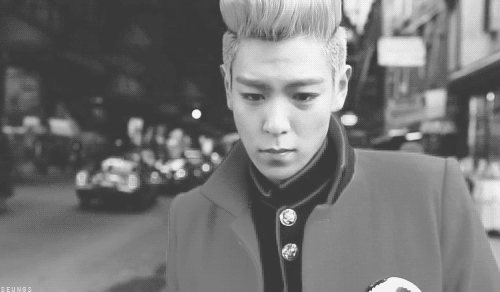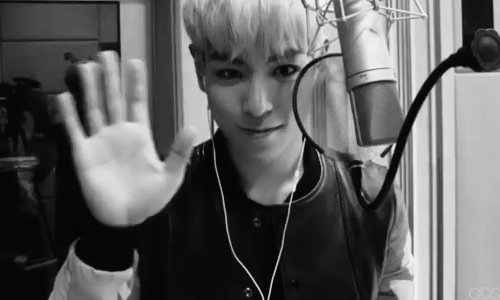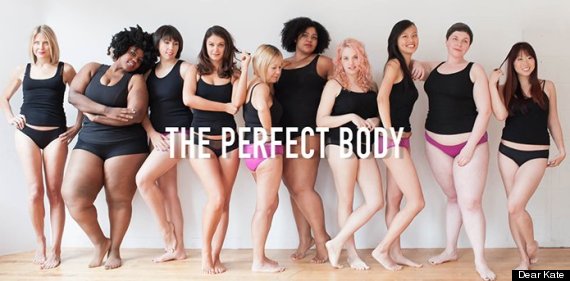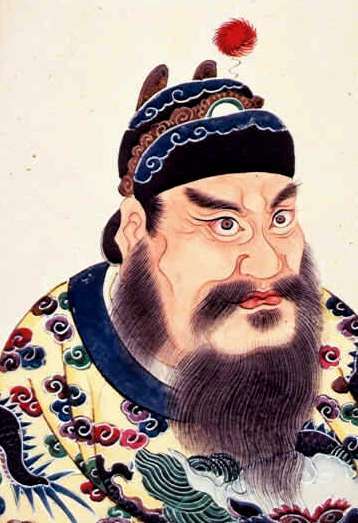I wake up to the call of my mom’s voice shouting, ‘Vivien! Wake up and wash yourself!’ I swing my legs off the bed and wear my slippers. They weigh a ton. Half asleep, half awake, I put one foot in front of another- and I drag my dozing body into the fluorescent lights of the bathroom. I don’t eat breakfast- I just drink a box of milk.
I finish washing my face and brushing my teeth, and then I go and change into my school uniform. Our school uniform is a white short-sleeved blouse with our school logo embroidered on the breast pocket and a navy coloured skort. Our skorts are awfully short, it’s literally a miniskirt. Though I like it that way because wearing short skirts has the effect of longer legs- I’m not particularly six-foot tall so I need it.
At exactly 7:30 each day, I get in the car. My parents drive me to school and I’m so thankful for loving parents. They are like chocolate- I can’t live without them and they are as sweet as can be.
I usually arrive to school at 7:55, though most people arrive at 8:10. I like to be earlier, even if I have nothing to do in our form room; except reading. I’m currently on ‘The Fault in Our Stars’. I have heard from others that it’s an excellent book, and there’s a movie version for it too. Even better, it was nominates for Golden Dragon Book Awards, and I’m in the club as well. I look forward to watching the movie; to see how bad the movie is. Good books usually go with bad movies.
Our form room for this year is on the first floor, so luckily, I do not have to walk a bazillion flight of stairs.
The bell rings, and we all go off to our first lesson- math. To be honest, math isn't so bad for me, because I understand everything the teacher is talking about. I am often doing exercises way ahead in the chapters than everyone else, though I don’t tell the teacher I am finished with the exercise because he will just give me more work to do; I learned this over time. If the teacher comes along to see how we’re doing, I’d put on furrowed brows, pick up my pen, and pretend to write. That’s why I don’t have to study for math tests much.
Next is English lesson, and it’s library lesson today! I absolutely love library lessons. I look forward to them every lesson, hoping that the teacher will say, ‘Alright class. Let’s head down to the library and read!’ Some of the others moan, but my heart jumps a little at hearing this. I smile from the inside and out.
We get to stay in the library for an entire hour and simply read! I adore reading; it’s as if going on a new adventure every time you start a book and taking a sneak peek into someone else’s life. Reading is like watching a movie; you see the scenes that the author is describing to you through words. The only difference: you’re part of the casting team and you get to visualize an imaginary actor.
Finally! The long awaited break-time! I eat like a chick. My friends say that I eat too little, and that the amount I eat is not equal to my size. I agree. I’m not even hungry, so why stuff myself at lunchtime? I bet my metabolism is slower than a snail.
Two hours and six minutes to go; I think to myself Be strong, you can do it. Only two more periods to go. You can do it. You can do it. This cheers me up instantly and gets my spirit up.
Yay! End of school! Time for home! I used to have millions of activities after school, but starting from this year on, my mom decided to cut in down a little. I used to have four hours of ballet each week, but because of my knee injury, I stopped for three months. It still hurts when I run or climb stairs. I do not think I will start again. It is a loss after 8 years of ballet.
My mom picks me up from school, and she drives to City One, which is quite near to my school. There is fried chicken, bubble tea, egg waffle, McDonald’s, anything you can think of. My mom always drinks bubble tea. She says she’s addicted to it, like being addicted to drugs. She loves bubble tea and has to have it at least once everyday. Her record for bubble tea in one day: three.
I am so jealous of my mom; she never gains weight with all that bubble tea in her.
Our teacher once asked us to think of imaginary gifts that we can give to people around us. Some of my friends thought of video games, my best friend wished for a good knee for me. I wrote down that I would buy the entire branch of Gong Cha (bubble tea shop) for my mom and become the boss. If my mom saw a Gong Cha shop anywhere in Hong Kong, she could get as much bubble tea as she wants for free. Absolutely no cost at all for VIPs. Sadly, there will only be one VIP in the whole world: my mom.
I do not like bubble tea as much as she does, but I do quite like it. Sometimes if I am feeling full, then I’d pass. At times, mom would buy fried chicken wings as well. I once saw her bring three of them back to the car!
‘Why are you eating so much chicken wing?!’
‘It was twelve dollars for one, and twenty-eight for three! Of course I am buying three! It’s cheaper for three!’ She just doesn't ever gain any weight, does she?
I step into our front door, and fling my bag onto the floor. I head upstairs for a comforting shower after a long, tiring day. I put the music on full blast. I hate being all dirty and sweaty; I am a total clean freak.
After a meal of delicious dinner, I watch television. Every so often, I read quietly. I like to do homework while watching television at the same time, although I know I work slower like this. Music does not help me concentrate as it would for others; I work better quietly with no noise to distract me.
I have to finish practicing piano before 10pm, because it's a kind of 'restriction' our neighborhood has set, or maybe it's just my mom's restriction: no more piano playing after 10:00pm.
I watch some K-pop videos or browse the net before going to bed, then get in bed at 10:30 on the spot. I fall asleep by 11:00. I can’t really stay up for very late. I drool off into the dreams of wonder and imagination.


.jpg)
































